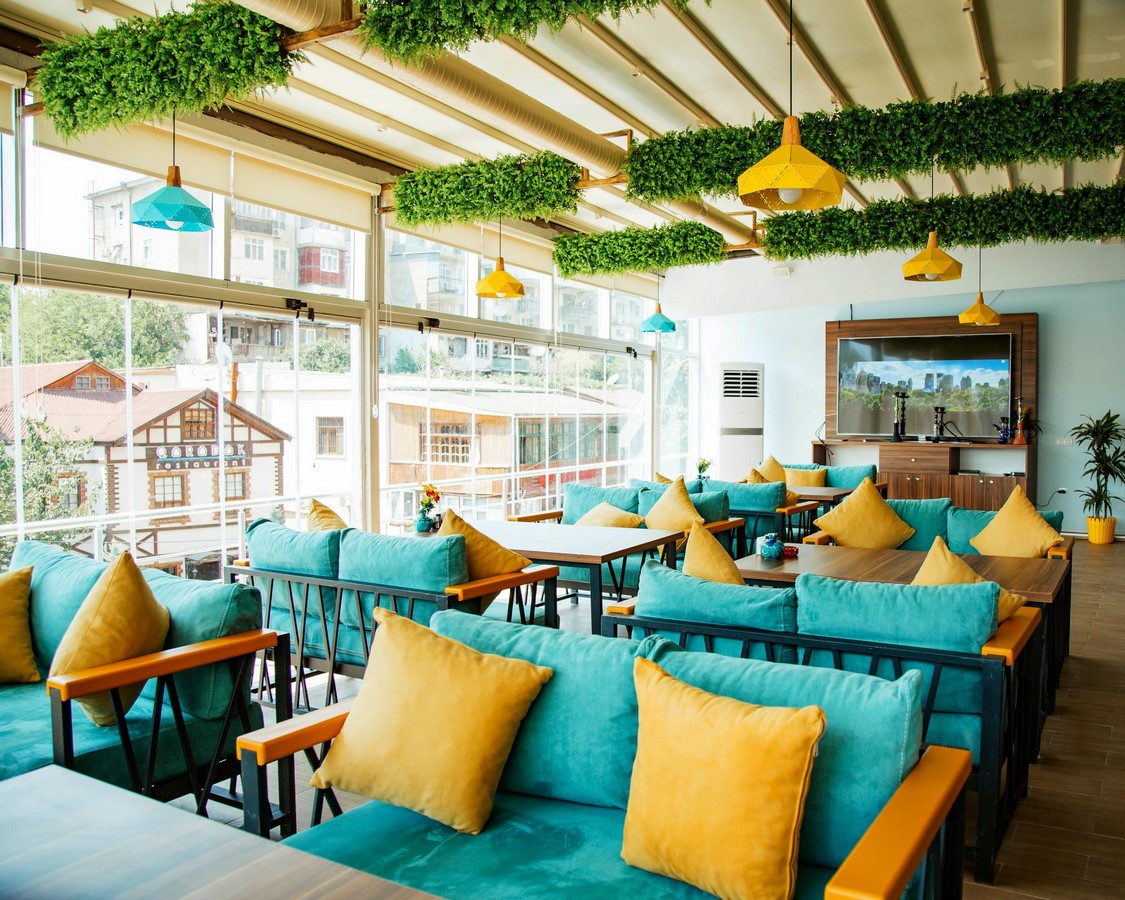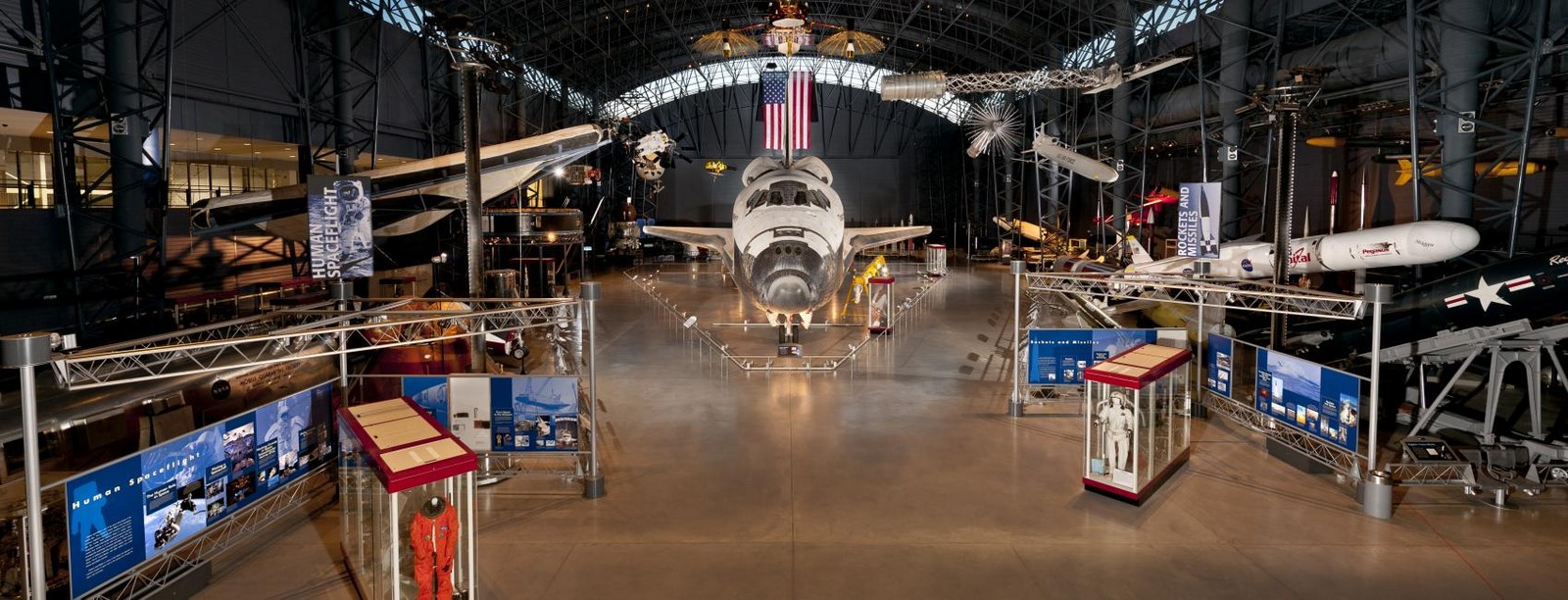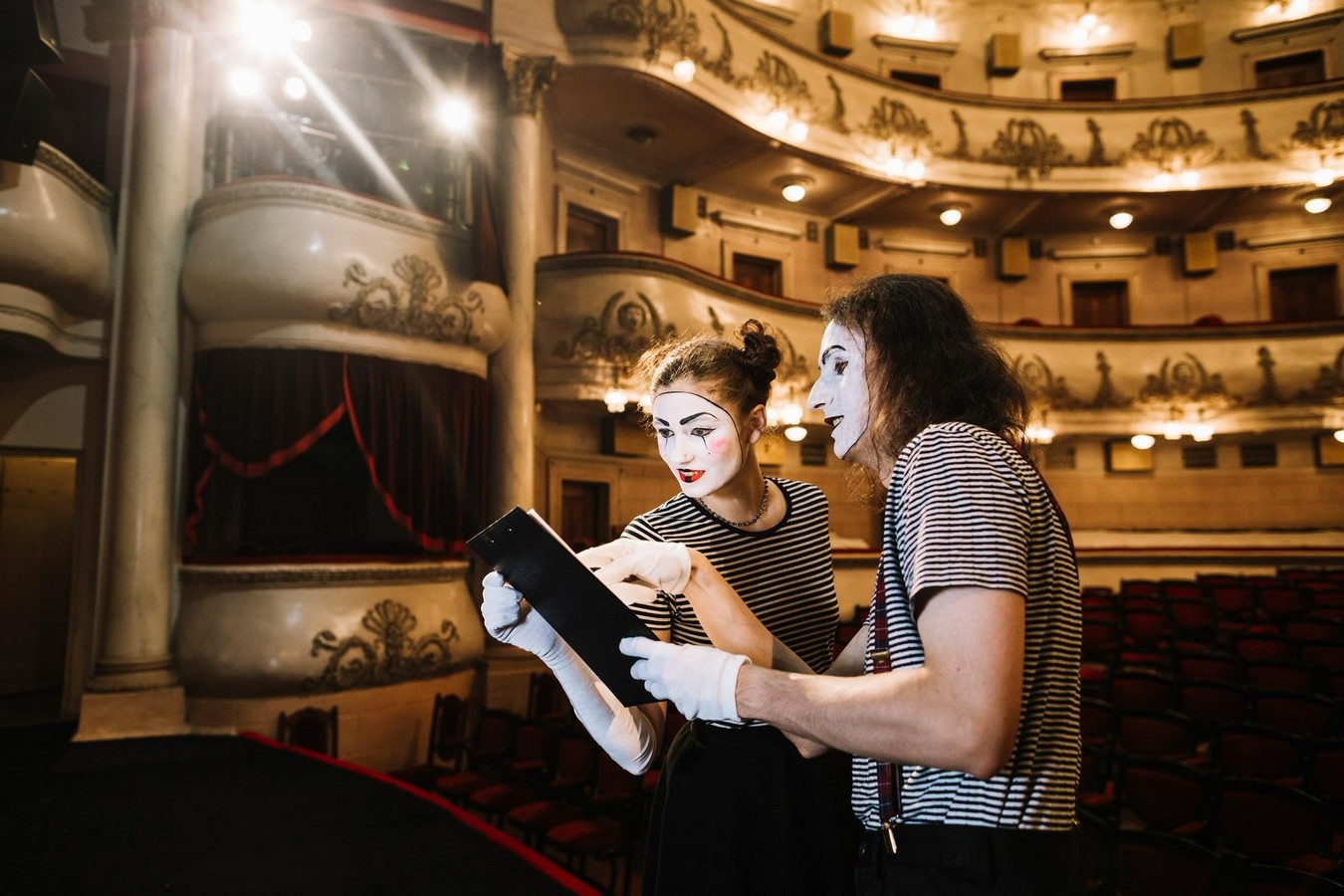Stories have always been playing a vital role and had a direct impact on our lives. Earlier stories were restricted to books, movies, and artworks only but today a new form of storytelling is emerging—one that fabricates narratives into the very fabric of our surroundings. This ground-breaking approach is called spatial narratives. Spatial narratives are responsible to connect the power of architecture and design in order to create immersive experiences that fascinate our senses and emotions. This article discusses the realm where built environments turn out to be the canvas for stories to unfold, emotions to be stimulated, and connections to be forged.

Understanding Spatial Narratives
Spatial narratives or spatial storytelling encompasses the use of physical spaces, environment, and location to tell stories or convey a message as effectively as words or images. It combines buildings, interiors, landscapes, and urban settings into storytelling devices. Have you ever visited a museum that directs you through the life of an ancient civilization, or a theme park ride that transports you into a fantasy world? You definitely have tasted one of the experiences of the two. These two are examples of how spaces can be rewritten to evoke emotions, communicate ideas, and immerse us in narrative journeys.
Instead of depending on traditional linear storytelling methods completely, the spatial narrative uses the physical surroundings to improve the narrative and engage the audience in a unique way.
The Power of Architecture and Design
Architecture and design have a significant influence on how we interact with our surroundings or environment. Every aspect contributes to the overall plot, from the design and materials to the lighting and music. Consider a gothic cathedral, with its towering spires, intricate carvings, and dimly lighted interiors, all of which contribute to a sense of spirituality and awe. Modern structures, on the other hand, may emphasise innovation and efficiency through sleek forms and minimalist aesthetics.

Designing for Emotions
Emotions are an extremely important part of storytelling, and spatial narratives are mainly effective in prompting them. You surely have visited a nice café with comfortable seating, pleasant lighting, and magnificent fragrances that induce feelings of warmth and nostalgia. Similarly, a hospital may utilise calming hues and nature-inspired decor to minimise anxiety. By combining design elements, architects and designers may guide visitors through emotional arcs, enhancing the narrative experience.

Creating Immersive Experiences
The capacity of spatial storytelling to transfer us to other realms is one of its most thrilling characteristics. Visitors are sent on interplanetary trips with immersive exhibits, such as those employed by the Smithsonian National Air and Space Museum in Washington, D.C. Visitors become active players in the tale by using interactive displays, multimedia presentations, and carefully regulated surroundings, blurring the lines between spectator and protagonist.

Transcending Boundaries
Spatial narratives or spatial storytelling challenge traditional art methods. They combine architecture, design, narrative, and even performance art. Imagine a theatre is designed to adapt its areas to the storyline of a play, with halls that turn scenes into almost reality. This combination of different mediums and materials enhances our sensory experiences as well as puts into question our assumptions about the distinctions between art genres.

Engaging the Senses
The ability to engage multiple senses at the same time leads to the success of spatial narratives or storytelling and therefore it is crucial to their effectiveness. Sound, texture, scent, and even taste can all contribute to the narrative experience along with visual signals. Think of entering a rainforest-themed restaurant where the sounds of singing birds, the smell of moist soil, and the lush vegetation encircling you all work together to create an immersive jungle journey.

The Future of Spatial Narratives
The possibilities for spatial narrative become increasingly interesting and vast as technology advances with time. Virtual Reality (VR) and Augmented Reality (AR) are already being incorporated within the built environments in order to generate completely new layers of narrative. Think of an AR-enhanced historical location where the walls repeat historical events or a VR exhibition that allows you to walk in the footsteps of historical individuals.

Summarizing the discussion on the narrative potential of architecture and design by finding out spatial narratives as the centre stage in this field. It’s the enthralling idea that our environments can be turned into dramatic stories with architecture and design acting as storytellers.
Imagine walking into an antique castle. The sky-scraping walls tell stories from past eras, while hidden nooks reveal the secrets of its people. Imagine entering a future gallery where lights move in unison with artworks, creating an implicit narrative that speaks to each visitor.
These are some of the magical moments in spatial narratives or spatial storytelling when emotions, histories, and dreams mix with bricks and mortar. People find themselves not only as viewers but as active players in a tale that transcends language as we stroll through these immersive stories.
The fusion of architectural settings and storytelling creates a future full of possibilities in an ever-changing world. With the rapid rise of technology such as virtual reality and augmented reality, the stories our places tell will become even more intriguing, blurring the barriers between the actual and the magical.
Reference:
https://www.re-thinkingthefuture.com/architectural-community/a3544-7-tips-for-introducing-spatial-narratives-in-your-design/#:~:text=The%20spatial%20narrative%20is%20the,traits%20of%20the%20structure%20designed.


















